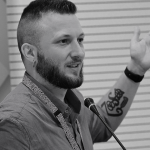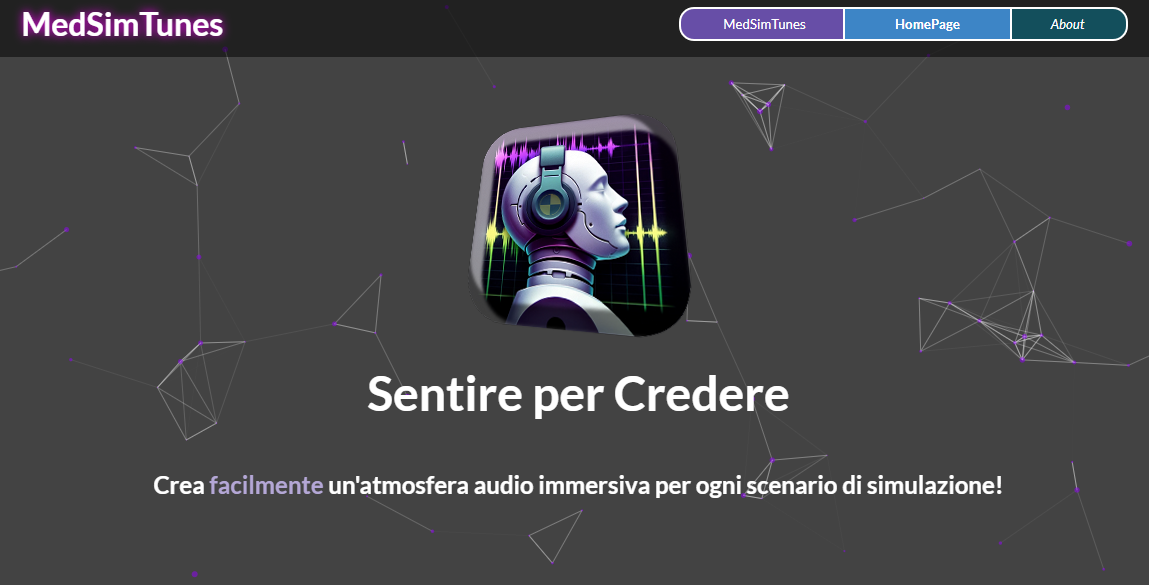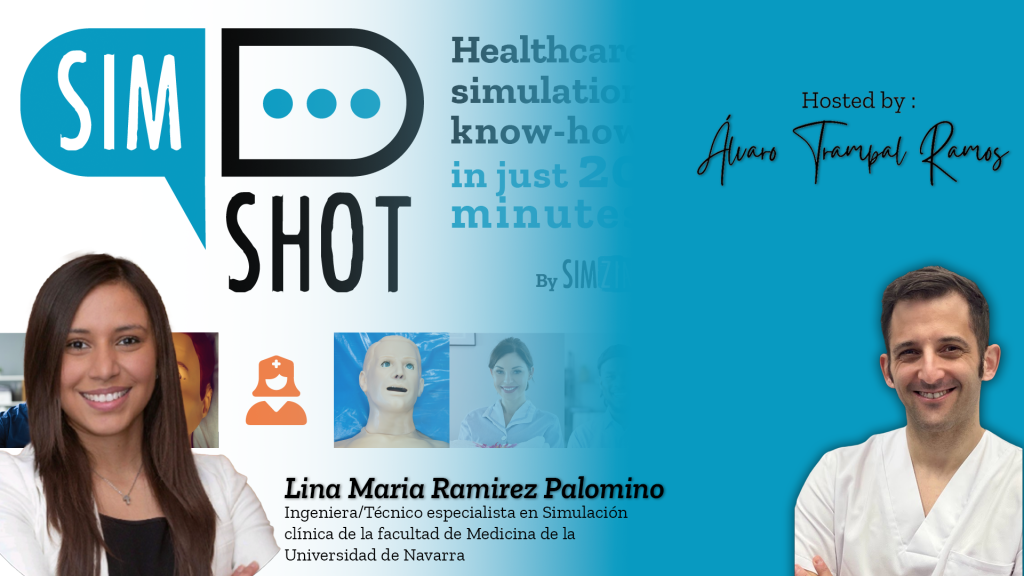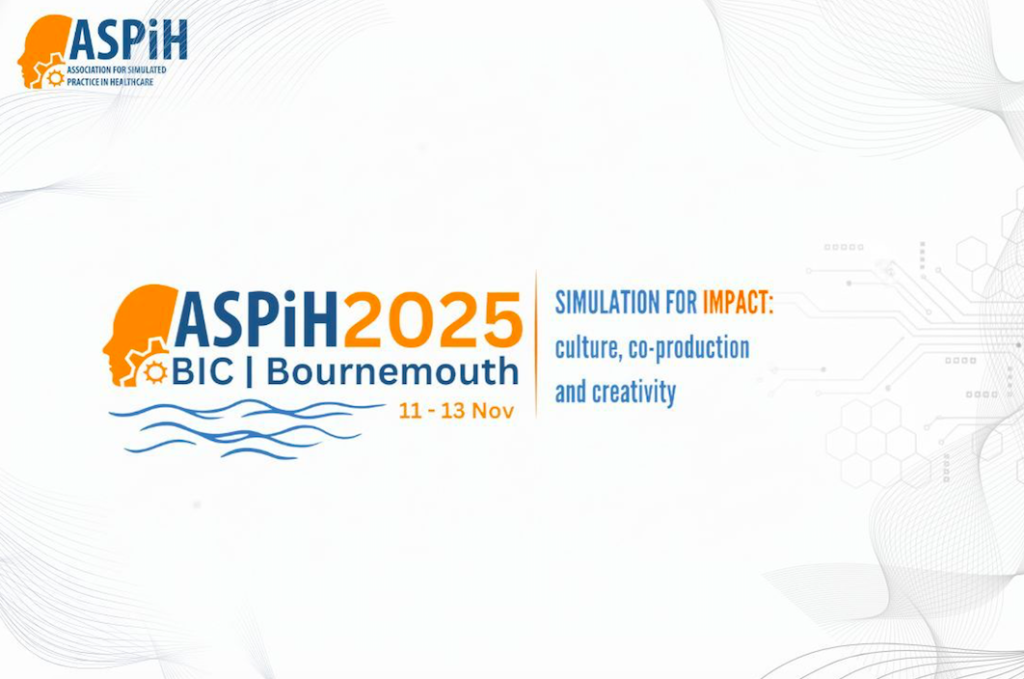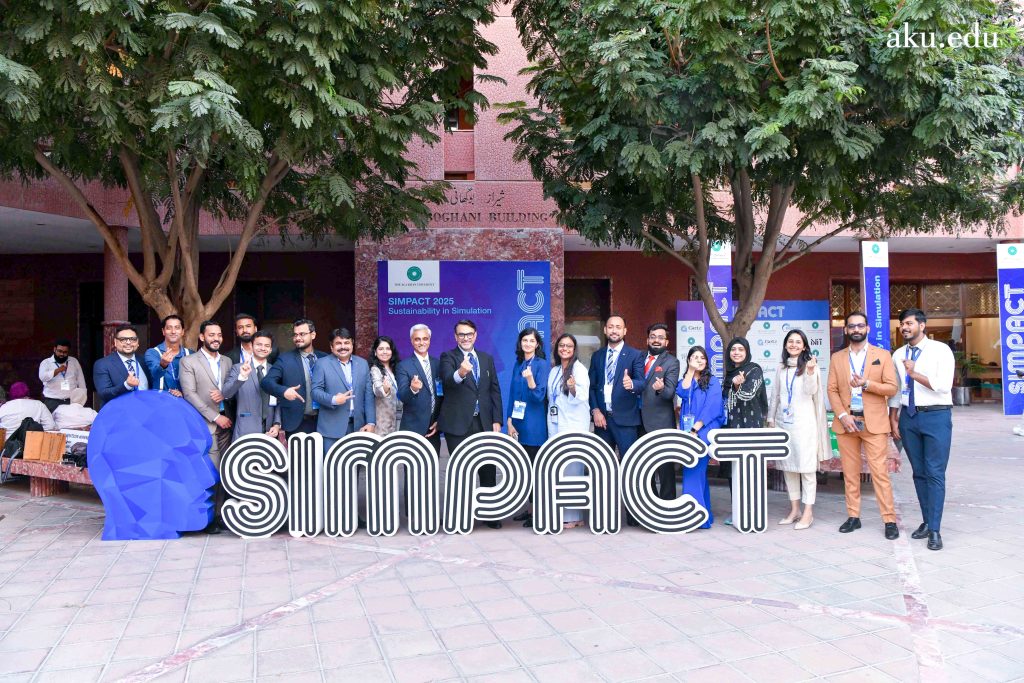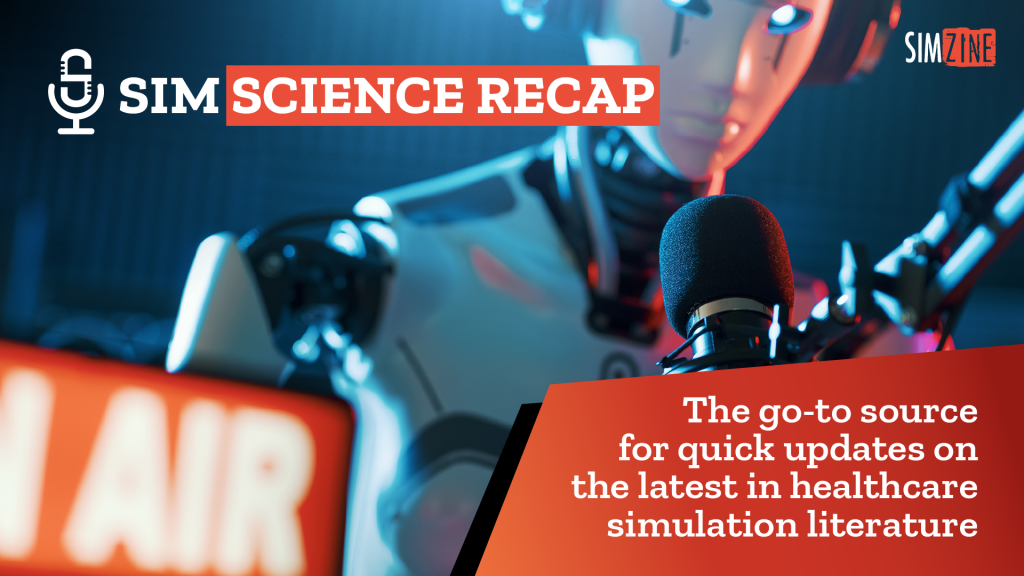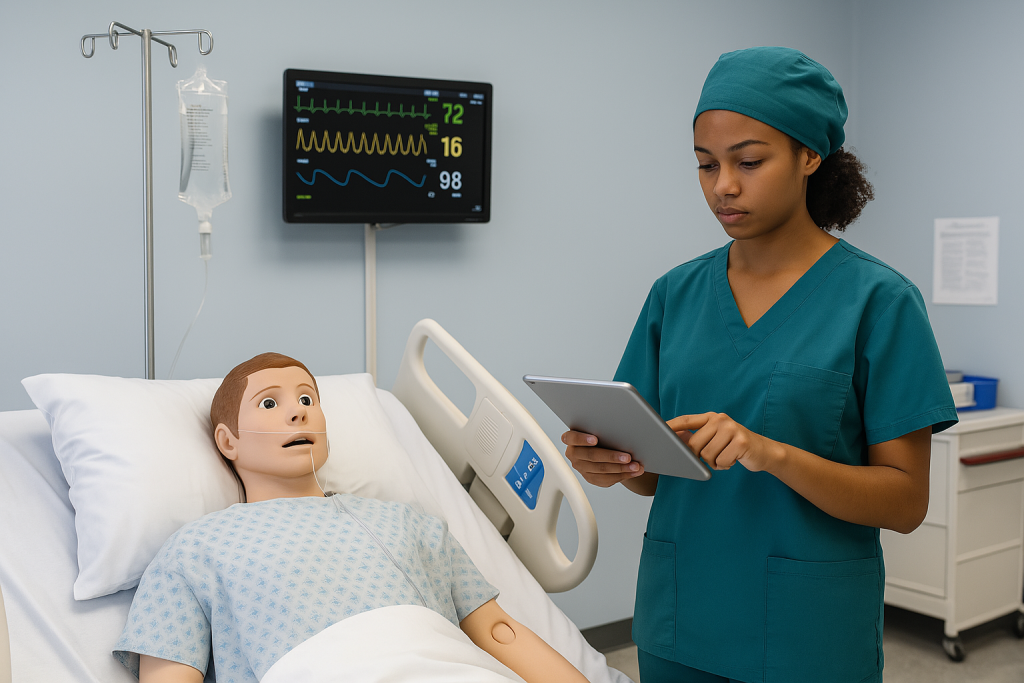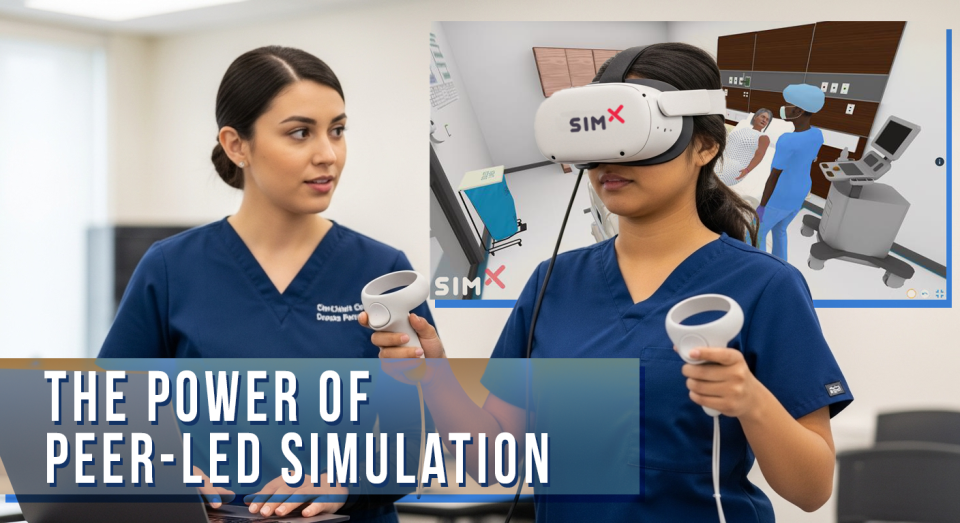In a medical simulation centre, sound is as crucial as the presence of actors. Francesco Palmisano tells us how he developed an intuitive web app that simplifies audio control, overcoming bureaucratic and technical barriers. With the help of artificial intelligence, the project quickly came to life, turning challenges into opportunities. Learn how he creatively used tools such as ChatGPT, Dall-E/Midjourney and Suno to make simulation scenarios more realistic.
What happens when an audio mixer meets a simulation team? No, this is not the beginning of a joke but everyday reality in medical simulation centres. In this world, the sound of a helicopter and the cry of a baby can be just as important as the presence of an actor playing a patient. During simulation sessions, actors and/or innovative technologies are used to give voice to patients. These ‘voice actors’ interact via microphones that broadcast their voices through loudspeakers or patient simulators. Sometimes, to make the scenario more realistic, there is a need to add environmental sounds – think of an incoming helicopter or the sounds of a hospital. This is where the simulation centre’s sound mixer comes into play, turning the simulation technician or facilitator into a real simulation DJ!
The mixer has three lines for microphones and a ‘free line’ to connect external devices. The problem arises in handling these sounds: using one device for each audio track? Impossible, unless you want to turn the simulation centre into a concert stage worthy of Tomorrowland! Using n instances of media players with n windows open on the PC? That would be like a juggler desperately trying to keep an impossible number of balls in the air, with the risk that a single misstep would turn the entire performance into a disaster!

From this challenge comes the idea of developing an all-round tool. The goal? To control all non-actor sounds in a single interface. The market already offers mixing software solutions, but they are often too complex for the specific needs of medical simulation. In this innovation journey, I encountered a ‘familiar’ barrier: the complex procurement processes of a public health company. Getting specific software in this environment turns out to be more intricate than one can imagine. It is a bit like navigating in a sea of bureaucracy, where each wave represents a new form to be filled out or approval to be obtained.
And if you think installing open source software will be an easy solution, think again. With corporate PCs armoured by security restrictions, even the most innocent attempt at installation becomes a challenge. It is like trying to open a security door with a plastic key: patience and ingenuity are needed to overcome these obstacles.
These snags, however, have only spurred us to be more creative, prompting us to find alternative ways that bypass the complex bureaucratic mazes and, at the same time, reduce costs. This approach has not only avoided long waits and complicated procedures, but has also made simulation more economically sustainable, paving the way for innovative solutions that do not burden the limited resources of a healthcare company/simulation centre.
The idea was therefore to independently develop an application that is simple, intuitive and requires no installation: a ‘web app’ that is easily accessible from any PC. Using HTML, CSS and JavaScript, a user-friendly interface with essential functionality can be created. And don’t worry: you don’t need to be an expert programmer to put this symphony together!
In this project, the use of artificial intelligence and automatic generation tools proved crucial, turning what could have been a long and laborious process into an efficient and timely realisation.
The web app took shape in just 4 days, while the ‘support’ site was completed in 6 days. This astonishing efficiency is a direct result of the innovative contribution of AI, which acted as an accelerator of ideas and solutions. Far from being a frantic race against time, the process was an example of how technology can significantly improve productivity, allowing us to put on a high-quality technology ‘show’ in timescales we could only imagine before.
Let’s see who the team members are and how they contributed:
- ChatGPT: This digital assistant has been an expert consultant, providing suggestions and code solutions. However, it is important to emphasise that ChatGPT is like a mentor who guides, but does not replace the need for basic programming skills. Its suggestions can be excellent starting points, but require a solid understanding and adaptability to integrate them effectively into the project. In other words, ChatGPT helped steer the ship, but hands at the helm were always needed to navigate successfully. [Fig.2Ae2B].
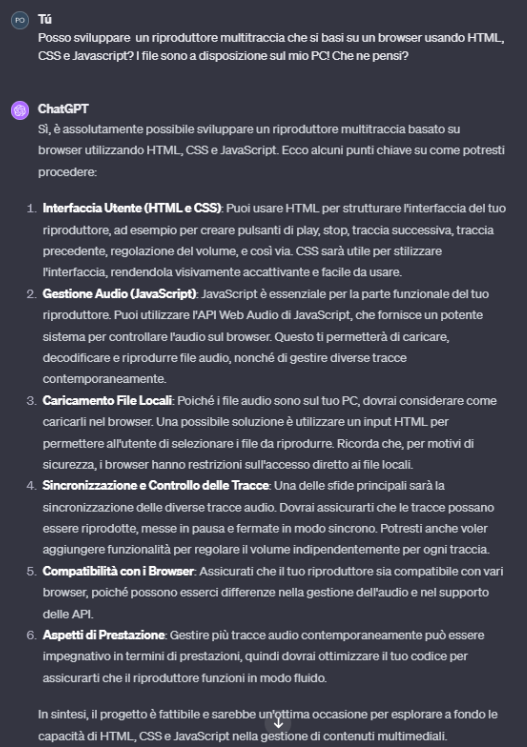
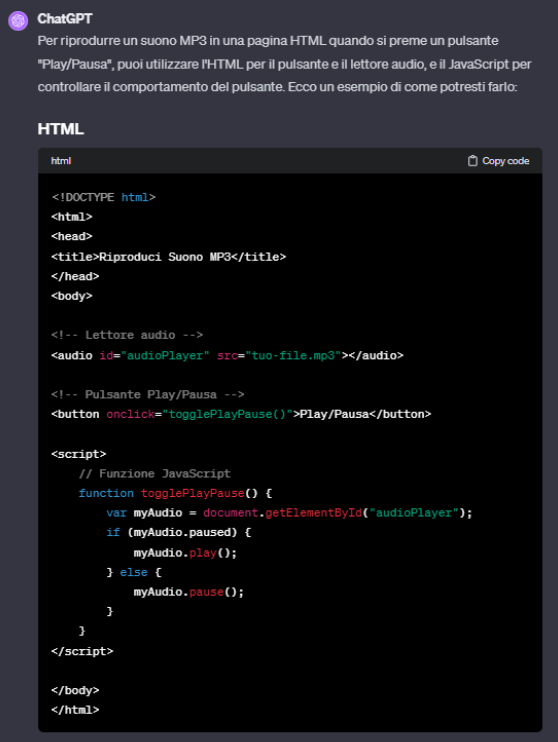
- Dall-E/Midjourney: These tools acted as virtual graphic artists, creating visual drafts from ideas. They made the design process easy, freeing us from copyright restrictions and allowing us to develop custom graphics with a unique twist without having to settle for those on free databases; [Fig.3]

- Suno: a digital AI music composer. Suno created customised melodies for our teasers and tutorials. This tool turned simple notes into a symphony, avoiding the complicated paths of copyright authorisations.
And so, at the end of this technological adventure, we find ourselves with a simple and versatile audio instrument in our hands, born from the combination of human intuition and artificial intelligence. But the journey does not end there. The goal now is to share this tool with the simulation world, to see if it can illuminate other medical simulation scenes as well. Who knows, maybe together we can refine it, make it even more powerful and versatile.
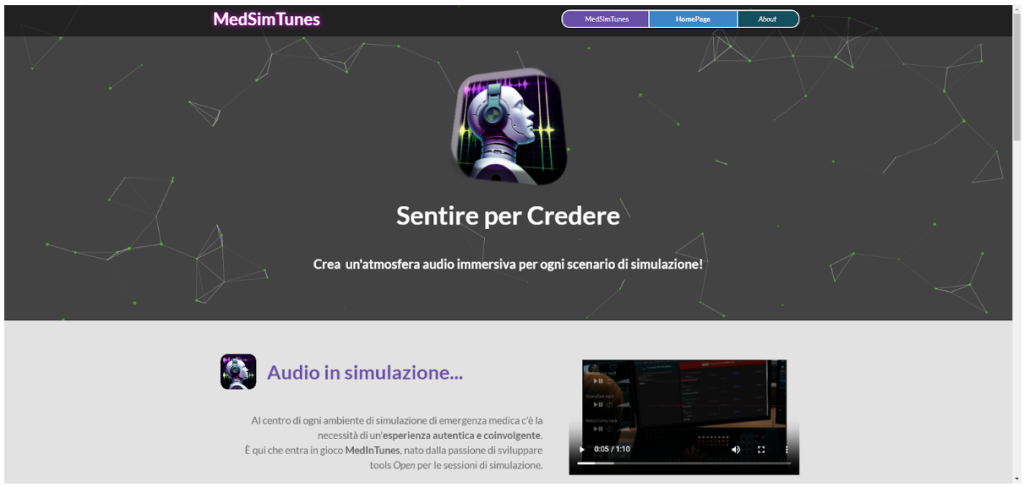
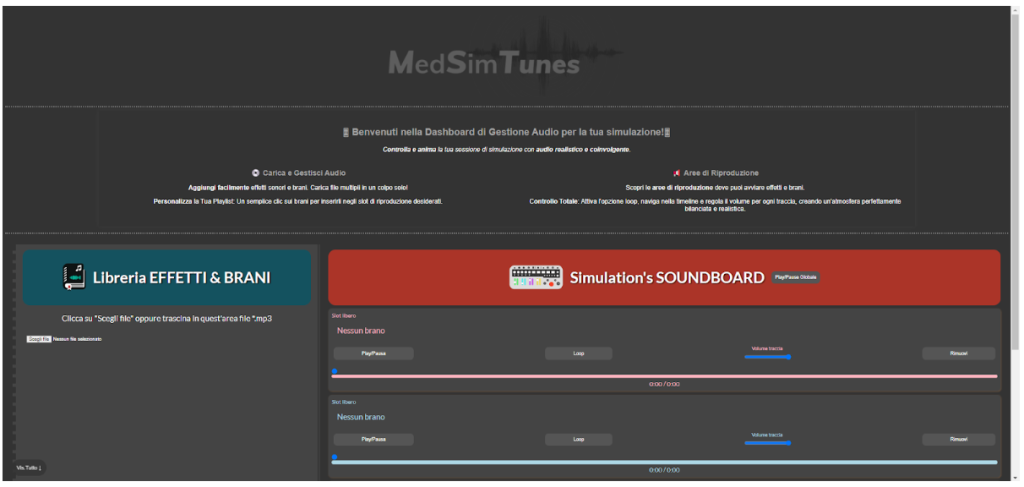
The desire to create this tool was born out of a practical need, but it turned into something much bigger: I want to share not only the tool, but also the path that led us here. With a programming foundation and the innovative support of artificial intelligence, it is possible to turn challenges into opportunities and tangible products that meet needs!
A journey that shows how, when necessity stimulates ingenuity and is met with the right resources, technology becomes a valuable, accessible and powerful ally for all. AI was not a substitute, but an accelerator, a travelling companion that made the journey quicker and less impassable. This project is proof that, with a mix of advanced technologies and an accessible knowledge base, one can turn a simple idea into a concrete and useful reality, even in contexts with limited resources.
After all, the real magic lies in seeing an idea come to life and knowing that it has been created with tools that are within reach of anyone with the passion and willingness to learn and experiment.
Want to try MedSimTunes? Then click here (desktop use recommended) → https://www.ilfranz.it/MedSimTunes/


